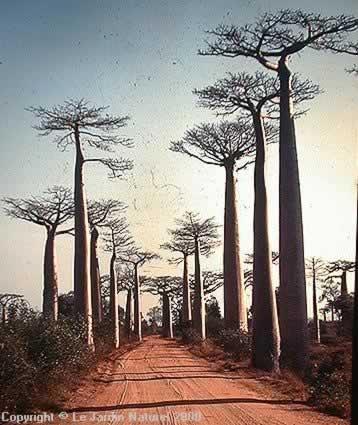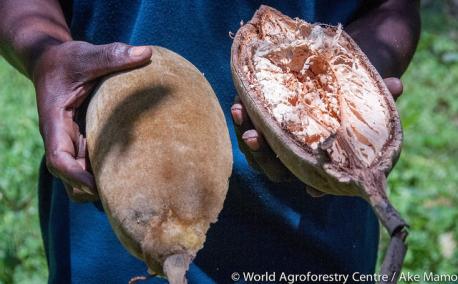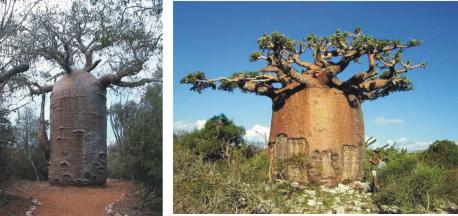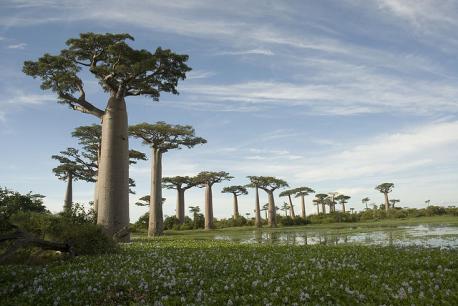Results: Baobab: the tree of life
Published on 05/24/2016
QUESTIONS
GO to COMMENTS
Comments
1.
1.
(Source: independent.co.uk) The Baobab tree is an integral part of the African landscape. Nicknamed the "upside-down tree", it looks like it has been planted on its head, with its roots sticking up into the air to produce a somewhat eerie silhouette. Bush legends about the baobab abound. One has it that the god Thora took a dislike to the baobab growing in his garden and promptly chucked it over the wall of paradise; it landed below on earth, upside down but still alive, and continued to grow. In another popular myth, the gods get so irritated by the vanity of the baobab, as it tosses it branches, flicks its flowers and brags to other creatures about its superlative beauty, that they uproot it and upend it to teach it a lesson in humility. Do you know any other myths about the Tree of Life?

Yes
9%
161 votes
No
91%
1669 votes
2.
2.
Today, many Africans refer to it as the "Tree of Life", and it's not hard to see why. With a trunk that can grow up to 15m in circumference, a single tree can hold up to 4,500 liters of water. Fibers from the bark can be turned into rope and cloth; fresh leaves are often eaten to boost the immune system; and some hollowed-out trunks have been used to provide shelter for as many as 40 people. And then, of course, there's the fruit. Did you know these products and benefits could be obtained from the Tree of Life?

All of them
5%
99 votes
Most of them
8%
151 votes
Some of them
12%
227 votes
None
74%
1353 votes
3.
3.
The baobab fruit has three times as much vitamin C as an orange, 50 per cent more calcium than spinach and is a plentiful source of anti-oxidants, those disease-fighting molecules credited with helping reduce the risk of everything from cancer to heart disease. Now that the baobab fruit has won approval from EU food regulators, they expect it to be winging its way to a supermarket shelf in Europe soon. Did you ever try the Baobab's fruit?

Yes
8%
138 votes
No
92%
1692 votes
4.
4.
One advantage to baobab harvesting is that there is no need for fancy start-up equipment. All you need is a pair of hands. And because the baobab is an indigenous plant, better placed to survive in arid climes, it is not expected to be as vulnerable to the ravages of climate change that Africa is expected to have to endure over the coming years. Earning an income from the vegetation already in place also provides an incentive to rural communities not to rip up established plants in favor of whichever cash crop is in vogue and hence preserve the soil structure. If the Baobab fruit could be produced or sold in North America, would you like to consume it frequently?

Yes
25%
450 votes
No
27%
488 votes
Undecided
49%
892 votes
COMMENTS


